Onta ware was inscribed by the national government in 1995 as an Intangible Cultural Property. The area has also been inscribed as one of the 100 protected soundscapes of Japan.
The earth for the pottery is found in the mountains around Onta. It normally comes in the form of rocks and needs to be ground to a powder. This is done by the usage of traditional water scoops or mills called kara-usu, which rely purely on the flow of the river. The wooden mills grind the earth into a powder, which is then washed and filtered multiple times to purify the material. It is then dried, sometimes in a large oven.
The village is a tightly-knit community, with families of potters going back generations. The work, such as the purification of the earth, is done by women, while men are responsible for creating the wares. An individual never signs pieces but only with the sign of the Onta village. This is to signify that the production of a single vessel was the combined work of the community, not just one person.
Onta ware traditionally consists of utility vessels such as bowls, plates, and tea cups. The style is most often slipware.
The hamlet comprises 14 households, ten of which make their living from pottery in a way that has little changed since Onta-yaki began to be produced here in 1705. Each step in the pottery-making process is still carried out by hand, including firing the large, wood-fuelled climbing kilns. The river flowing through the center of Onta has been harnessed to drive karausu wooden hammers that pulverize kaolin rock into clay powder. The slow, rhythmical beat of these large beam hammers striking the kaolin, together with the splashing of water as the beams tip up to full height, can be heard throughout the village day and night. This unending, repetitive orchestration has been selected as one of the ‘100 soundscapes of Japan’.
In order to ensure future mutual prosperity, each family, all of which go back generations, may train only one successor while their potteries are restricted to a maximum of two wheels for throwing pottery. Each family has a shop where their classic plates, bowls, vases and pitchers are available to browse and purchase.
The Process.
First, the soil is dug up from the mountains. In Ontayaki-no-sato the pottery makers buy up the mountains jointly to secure soil suitable for making Ontayaki.
Then, the soil is crushed into a thin powder by the hulling mortar.
Once the clay is ready, a shape is molded on a potter’s wheel that is spun using feet.
After a piece of pottery has been molded, dried, glazed and ornamented, the vessel is placed in a kiln and allowed to cure in either the workshop’s furnace or the shared village furnace, where it will stay for two days.
D: ø11cm
H: 5cm

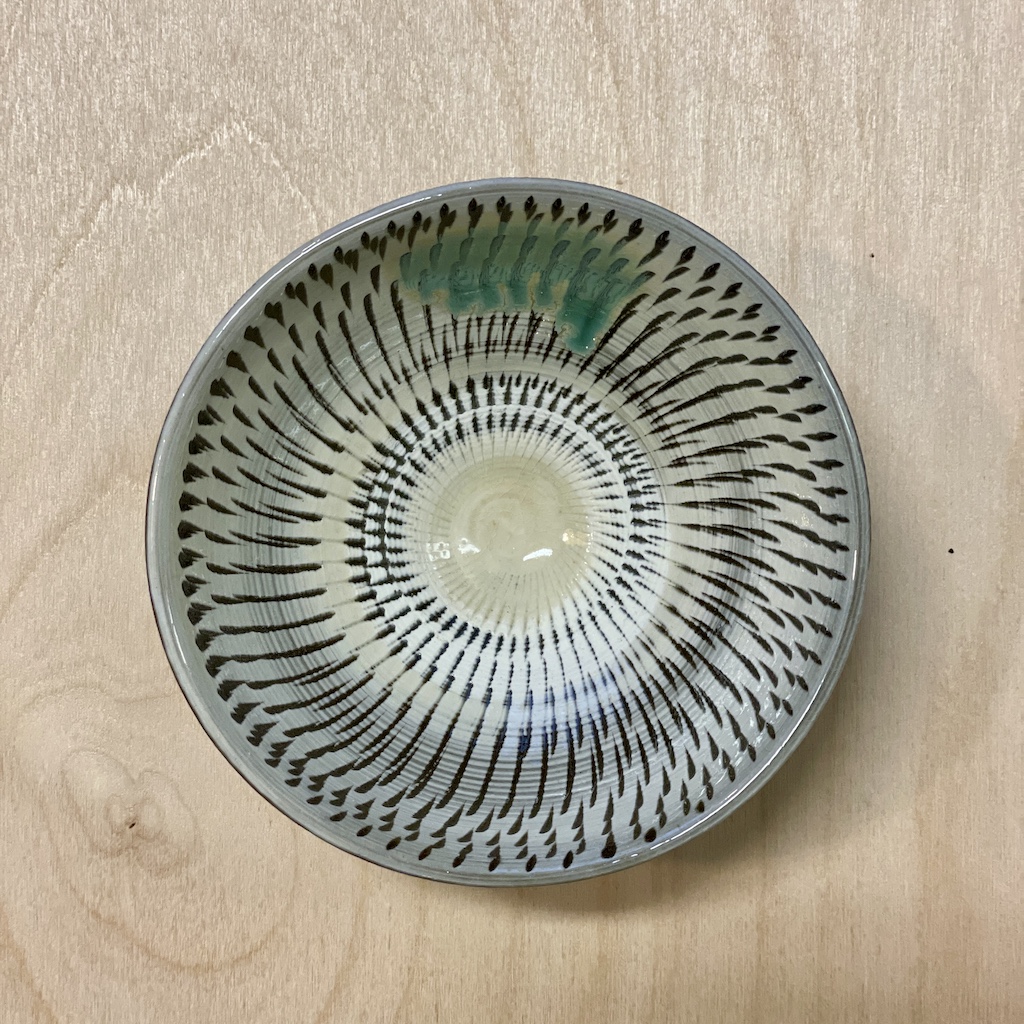
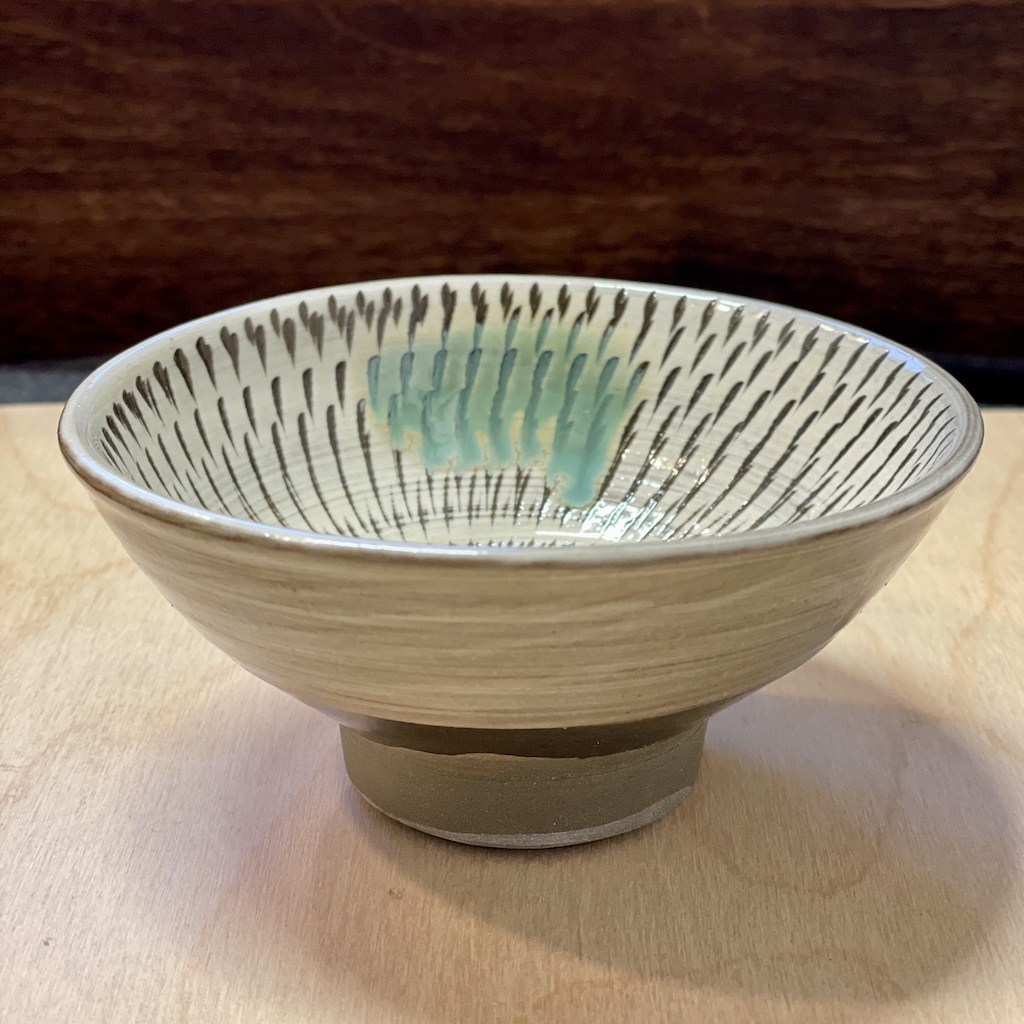


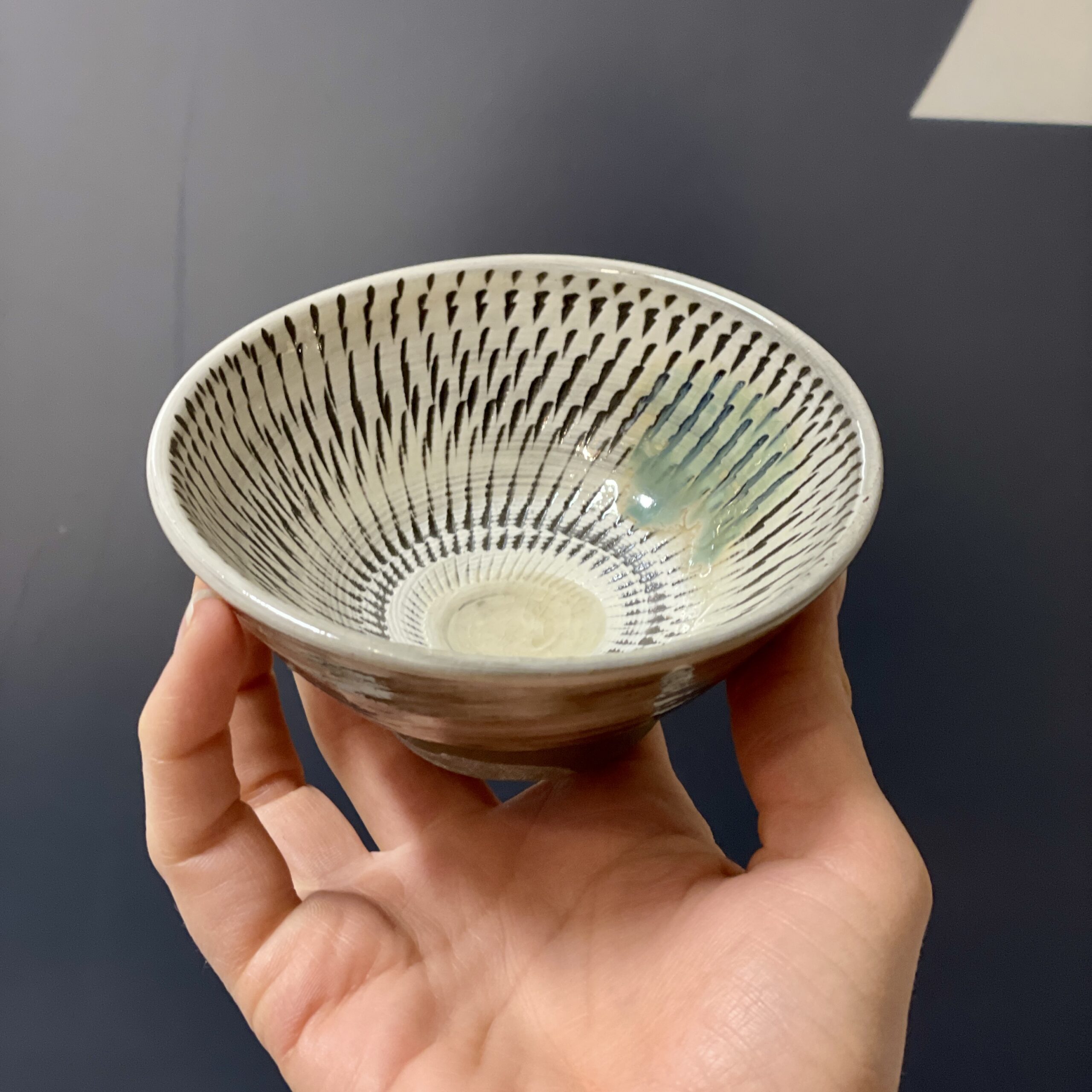
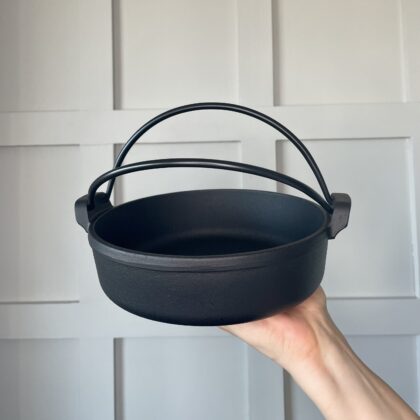
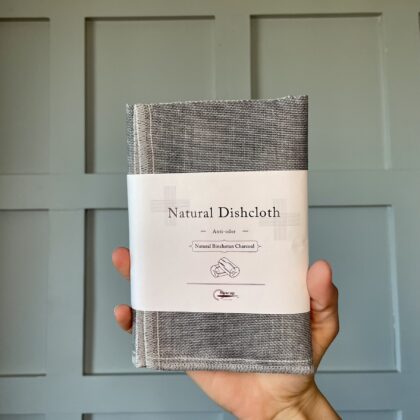
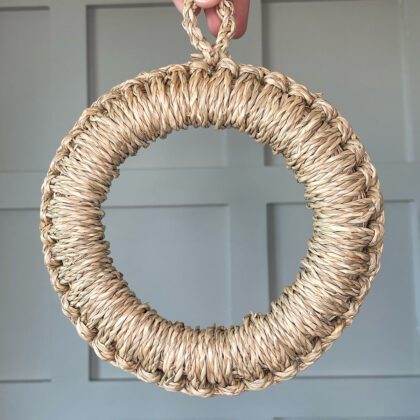
Reviews
There are no reviews yet.